Many of us are familiar with such an inflammatory disease on the skin as a boil. The disease is characterized by unpleasant sensations and the presence of a purulent core that must be removed. And if the boil is on the face, then this brings additional inconvenience and discomfort.
What is the reason for their appearance? Which skin is most susceptible to boils? Let's consider what factors contribute to the formation of purulent inflammations and how to deal with them. You will learn about what causes purulent formations to appear in this article.
Skin features that increase the risk of developing boils
Let's take a closer look at what causes them.
The appearance and development of suppuration on the body, including on the chin, is facilitated by the following skin features:
- excessive sweating (constant exposure to sweat weakens the protective functions of the skin);
- oily skin (increased sebum production increases the likelihood of pore contamination and the proliferation of dangerous bacteria);
- skin damage (scratches, abrasions, abrasions).
But where do suppurations come from? It should be noted that boils always occur in places where there are hairs, since a necessary condition is the presence of a hair follicle. Further in the article we will look at the main factors why chirias jump up.
Next in the photo you can see what chiria looks like on the human body.
Factors contributing to the appearance of suppuration
Why do purulent formations appear on the body? First of all, the reasons for the appearance of boils include factors such as:
- Decreased immunity. Weakening immune forces increases the risk of pathogenic bacteria entering the skin. This occurs against the background or as a result of infectious and inflammatory diseases (pneumonia, sinusitis, otitis media, rhinitis, bronchitis, tonsillitis), as well as HIV.
- Frequent use of antibiotics and other aggressive drugs (potent pharmaceuticals negatively affect the body's defenses).
- Hormonal disorders. They occur as a result of diseases such as diabetes, dysfunction of the adrenal glands, as well as with increased production of the male hormone - testosterone.
- Squeezing a common pimple (at the moment of squeezing, an infection penetrates under the skin and as a result boils form).
- Avitaminosis (in particular, lack of vitamins A, C and group B).
- Stress (any negative emotions) and physical fatigue (especially with sleep disturbances and lack of proper rest).
- Severe hypothermia (for example, as a result of a cold) or overheating of the body (prolonged exposure to the sun on a hot summer day).
- Prolonged skin contact with ear and nose discharge (for otitis, rhinitis, etc.). The excretory fluid contains harmful microorganisms that cause purulent inflammation.
- Combing scratches and insect bites (bacteria can penetrate through microcracks and injuries in the skin).
- Frequent contact with dust, lubricating oils and harmful chemicals.
- Recently past or chronic illnesses (in the endocrine, digestive or urinary system).
- Violations of personal hygiene rules and skin contamination (if the work of the sweat and sebaceous glands is disrupted, there is a double risk of boils).
- Poor nutrition (the diet is dominated by fatty, salty, sweet and spicy foods with a high content of chemical additives, including fast food, crackers, chips, cakes). Such products in the body turn into toxins, which provoke the formation of an abscess.
Thus, we have answered the question of what causes suppuration.
Causes of furunculosis:
Treatment methods
Experts do not recommend squeezing out the boil yourself, as this can lead to serious complications (spread of infection to nearby tissues, sepsis). Of particular danger is the occurrence of purulent inflammation on the face and head.
There are various methods of treating the disease. Let's look at some of them:
Treatment with antibiotics. For severe forms of the disease, the following types of medications are prescribed:- Levomycetin (used externally, in the form of an ointment).
- Tetracycline (used both in tablets and ointments).
- Ampicillin.
- Amoxicillin.
- Cefazolin and others.
- Vishnevsky ointment;
- Levomekol;
- Ichthyol ointment, etc.
The ointment is applied to the affected area as follows:
- the area around the inflamed area is treated with an antiseptic;
- Apply a small amount of the product to a cotton or gauze swab and apply it to the sore spot;
- secure with a bandage or adhesive plaster. The compress is changed several times a day.
- Treatment with aloe leaf juice.
To do this, you need to cut the leaf of an adult plant into two parts. Apply the cut side to the site of inflammation and secure with adhesive tape. The sheet is changed twice a day.
Treatment with garlic.
A clove of garlic is grated, applied to the abscess and secured with an adhesive plaster. Use until the boil breaks through.
Elimination of untreated infectious diseases, which caused the boil. Strengthening the immune system (in particular, through proper nutrition: more fresh fruits and vegetables, dairy products). Taking multivitamin complexes.We examined in detail the question of why chirias pop up. Many factors can cause the sudden appearance of a boil, ranging from simple hypothermia to hormonal disorders in the body. Whatever the reason, it is important to start proper treatment in time, eliminating possible pre-existing disease and strengthening the immune system.
If a purulent formation causes unbearable pain and the abscess does not open, you should urgently consult a dermatologist to avoid dangerous consequences in the future.
A skin problem such as boils on the body is considered quite common. The causes, treatment, symptoms and preventative measures to prevent the disease deserve detailed consideration.
Where do boils happen?
The main manifestation of furunculosis, an infectious disease, is a boil, which is an inflamed, pus-filled formation in the epidermis. The size of the boil can vary from a pea to an egg. The ideal environment for the occurrence of boils is considered to be the hairy parts of the body, as well as areas of the skin where friction regularly occurs.
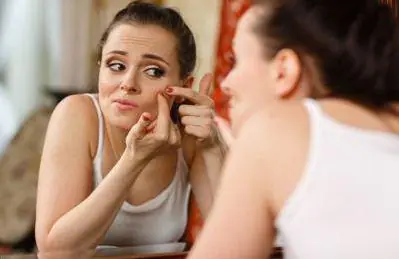
The causative agent of infection
The development of furunculosis can be provoked by the main causative agent of this disease, which is Staphylococcus aureus or white. Often, due to actively developing staphyloderma, boils on the body may occur as complications. The causes, treatment, photos of symptoms caused by the disease must be presented to everyone in order to take appropriate measures to prevent infection from entering the body or take the necessary therapeutic actions in a timely manner.
How does furunculosis manifest?
Purulent boils can form on the body, spreading disseminated, or appear locally and develop in any area of the skin. The course of the disease, in which boils on the body (the causes, treatment and manifest signs of the disease largely depend on each other, so treatment issues must be approached thoroughly) cause not only discomfort and external inconvenience, but also an additional deterioration in the general condition of the body, may have a chronic and acute form.
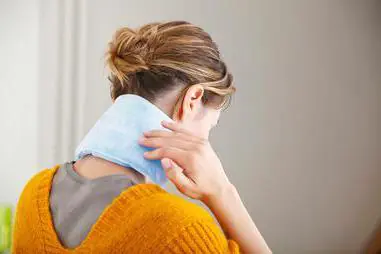
Chronic furunculosis, expressed by periodic outbreaks, can recur for quite a long time, and this is due to the low resistance of the immune system to pathogenic microorganisms. The acute form of the infection manifests itself almost immediately after infection and, in addition to the appearance of boils, is accompanied by additional symptoms.
The root causes of infection entering the body, from which boils form on the body (causes, treatment, drugs that have earned the trust of patients and have proven their effectiveness, absolutely everyone should keep in mind, since furunculosis is widespread) can be divided into two groups.
External exposure to pathogens
The first includes external infections. As a rule, due to minor mechanical damage to the upper layer of the epidermis, pathogenic bacteria can penetrate deep into the skin.
With constant contact of skin with clothing, re-infiltration of staphylococci is possible, and saprophytes that are natural to humans easily become pathogenic. Also, the cause of infection is often skin diseases that cause itching. Scratching your nails usually causes infection.
Failure to comply with simple hygiene rules at the proper level can lead to the development of local furunculosis. Friction of clothes or chemicals (fuel oil, gasoline, etc.) against dirty skin causes single boils on the body. The reasons (treatment at home in most cases is carried out incorrectly) of the increase in boils on the body sometimes lie in illiterate attempts to get rid of the problem on their own (applying warm compresses, bandages).
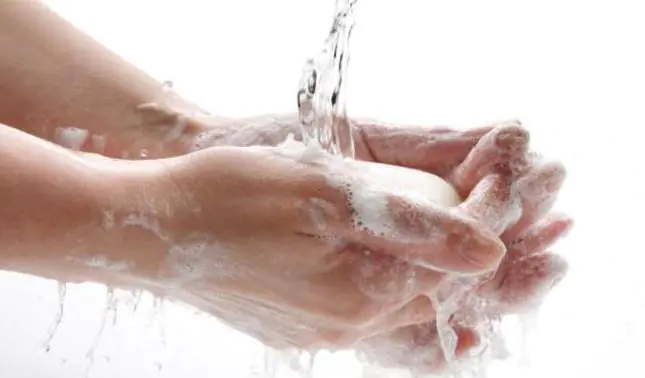
Failures and disturbances of processes in the body as the main causes of the disease
The second group, which explains the penetration of pathogenic microorganisms into the human body, includes internal factors. Boils on the body (causes, treatment, methods of traditional and drug therapy are often compared to create the most effective recovery plan) appear due to:
- hypovitaminosis;
- exhaustion of the body;
- disturbances in metabolic processes;
- blood diseases;
- digestive problems and diseases of the gastrointestinal tract;
- alcohol abuse;
- frequent hypothermia or overheating;
- disruptions in the functioning of the body's endocrine system.
People of all ages are at risk of contracting the infection. As a rule, children are susceptible to the disease much less often than adults. In addition, men get sick more often than women.
Phases of furunculosis
To recognize the development of the disease at an early stage, you need to know that boils on the body (the causes and treatment can be described in any phase of the progression of the infection in the body) go through three stages:
- Accumulation of cell elements with admixtures of blood and lymphatic fluid (the so-called development of infiltration).
- The process of suppuration.
- Healing and restoration.
The first stage is characterized by painful sensations and the appearance of a bright red infiltrate near the hair follicle. The patient feels a tingling, slight pain, which increases over the next few days along with an increase in the size of the boil. Swelling of the surrounding tissues occurs and inflammation increases. After a few days, the stage of suppuration begins, during which a purulent “plug” is formed, with a pustule on the surface. The boil at this stage begins to take on the shape of a cone-shaped tumor with smooth skin.
Maturation stage
The unpleasant sensations of a foreign formation on the skin are accompanied by an increase in body temperature to a subfebrile level; in more severe cases, even symptoms of intoxication appear in the form of headaches and weakness of the body.
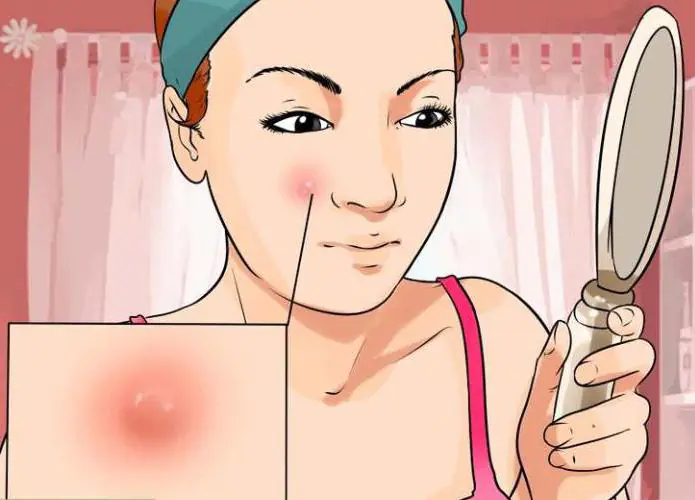
Furunculosis in a child: for the attention of parents
In adolescence, boils on the body (the causes, treatment in children and the course of the disease should be familiar to adults) appear quite often. Single manifestations of furunculosis can occur on any part of the child’s body where hair grows. This can be the back of the head, forearms, buttocks, and limbs. The most dangerous place for boils to occur, not only in children, but also in adults, is the area above the upper lip, the ears.

Features of the course of the disease in children
It is extremely important to explain to the child that it is absolutely forbidden to squeeze out boils. Adults (for example, men while shaving) can accidentally injure boils on the body, the causes, treatment and symptoms of which are accompanied by some discomfort. In children, the disease passes more rapidly than in adults, but the intensity of childhood furunculosis is impressive. Often, a child with a boil is sent for treatment to an infectious diseases hospital.
The stage of suppuration of boils is most suitable for therapy. To overcome a disease, you must first know everything about it: what symptoms are associated with the disease, what boils look like on the body, causes, treatment with folk remedies and medications, whether external drugs or antibiotics are needed. It turns out that it is in combination that therapeutic measures can fight back furunculosis. At the same time, the most important thing is not to self-medicate under any circumstances and visit a doctor at the first signs of illness.
External effects of drugs
Local treatment of furunculosis involves regular external application of antimicrobial medications. Depending on the severity of the disease, ointments are applied not only to the inflamed area, but also to the adjacent skin surface several times a day for a week.

Among the common drugs sold in every pharmacy and effectively fighting furunculosis are the following:
A drug that effectively speeds up the healing process and eliminates boils on the body and its causes deserves special attention. Treatment with Levomekol ointment must be carried out regularly, at least three times a day. Applying the drug to diseased areas of the skin is necessary to accelerate the maturation of boils.
After opening the boil, ichthyol ointment must be applied, and a sterile bandage soaked in hydrogen peroxide is applied to the very center of the inflammatory focus. At this stage of the disease, doctors do not recommend interrupting the course of infrared irradiation or electrophoresis. In case of obvious abscess formation of the boil, a decision is made on surgical intervention.
Antibiotics in the treatment of illness
Boils that appear on the body (the causes, treatment with antibiotics and the healing process are of interest to many) cannot be overcome without general drug therapy. A staphylococcal infection that has settled in the body can remind itself every time, occasionally manifesting itself as painful boils, so it is necessary to take all possible measures to eliminate it. As a rule, the choice of specialists in this matter falls on penicillin antibiotics. In addition to them, sulfonamide medications are prescribed.
Immunomodulators and vitamins will be secondary in the complex of therapeutic prescriptions. Only a specialist can write recommendations for the use of each medication, taking into account the patient’s age, weight, and the presence of concomitant diseases for which taking specific medications may be unacceptable. It is also important to follow a balanced healthy diet, avoid alcohol and excess carbohydrates.
How to get rid of furunculosis using traditional methods?
Boils on the body (causes, treatment with folk remedies - fundamental points that you need to be aware of in the presence of furunculosis) can be defeated using medications that have been tested by people for many years. Several useful tips will be especially useful for people suffering from a chronic disease.
- The first folk recipe is called “flatbread”. You need to prepare a simple flatbread from several ingredients: egg yolk, a tablespoon of honey, butter (softened), flour. The test mass should be of medium thickness. The cake rolled out into a thick pancake must be applied to the sore spot and tied with a bandage. Wear throughout the day, without removing, but sometimes changing the dough itself, the unused part of which should be stored in the refrigerator. After an abscess, it is worth using the cake for a couple more days.
- Raw grated vegetables also help with boils. A paste of raw potatoes or carrots, following the same pattern as in the previous recipe, must be placed on the wound and secured with gauze. The vegetable mass should be changed 3-4 times.
- Onions are a panacea for furunculosis, according to grandparents. They claim that for a long time people have used baked onions as a remedy for the treatment of furunculosis. A vegetable cut in half was applied to the preliminary site of the boil and held until the boil flowed out.
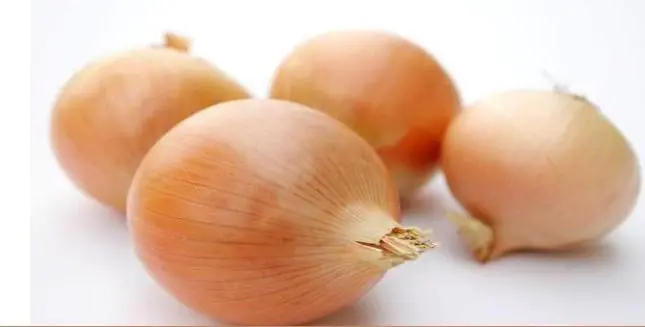
Prevention
Disease prevention involves following simple hygiene rules. Sanitary rules in specialized workplaces are the key to preventing infection. Taking a shower daily and changing underwear and outerwear will help prevent the occurrence of furunculosis.
In addition, it is worth taking care of the general resistance of the body. You can increase the level of immune strength only by choosing a healthy lifestyle, giving up bad habits and proper nutrition. These are the best preventive measures in the fight against boils.
A furuncle (from the Latin furunculus), popularly called a boil, is a fairly common acute inflammation of the epidermis or hair follicle. Boils on the human body look like a large, inflamed, light-colored bump surrounded by a red spot of affected skin. The inflammatory process affects the hair follicle and the surrounding skin and connective tissue. Due to the large area of inflammation, boils are always accompanied by severe pain and sometimes increased body temperature.
Boils occur due to pathogenic bacteria entering the area of skin affected by microtraumas. Most often these are white or aureus staphylococcus bacteria. Hair follicles provide a nutritious and favorable environment for the development of these bacteria. Staphylococcus bacteria are pyogenic, and when a boil develops, a large amount of purulent-necrotic masses is formed inside.
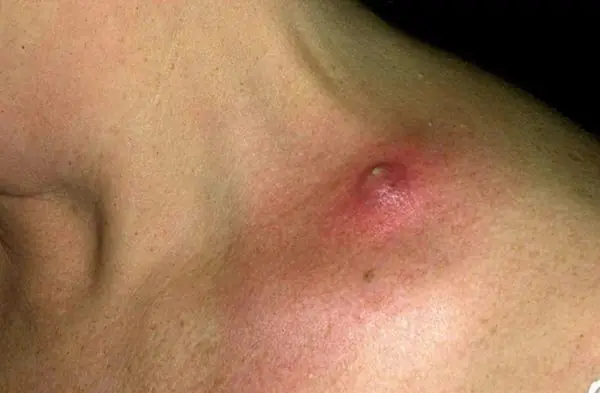
A boil is a rather serious skin disease that should not be ignored in the hope that the body will cope with it on its own. If boils develop, you will have to contact surgeons and perform a minor operation in a hospital. The article contains information about the causes of boils, methods of their treatment and prevention.
Causes of boils on the body
Most often, purulent abscesses appear on contaminated or damaged skin, since it is easier for bacteria to overcome the body’s natural defenses in such places. The following factors also contribute to the spread of staphylococcal bacteria and the further spread of purulent inflammation:
- weakened immune system;
- disorders in nutrition and metabolism;
- overweight and obesity;
- physical or nervous exhaustion of the body;
- long-term stress or depression;
- diabetes;
- excessive sweating;
- alcoholism.

In addition to the internal state of the body, external causes can also contribute to the appearance of boils:
- trauma or damage to skin areas associated with mechanical reasons;
- neglect of personal hygiene;
- scratching the skin due to insect bites or dermatological diseases;
- rubbing of thin skin with clothing (the lower back, armpits and neck are especially vulnerable);
- sudden overheating or hypothermia of the body;
- environmental or industrial environment harmful to the skin.
Purulent inflammation and furunculosis can occur in any person, but there are some diseases in which the risk of getting such inflammation increases significantly. One of the most common such diseases is staphyloderma, in which the skin is already affected by staphylococci and they spread to the hair follicles.
Treatment methods for boils
Purulent inflammation must be treated as quickly as possible, otherwise the consequences will have to be eliminated through surgery. Treatment of boils with medications helps accelerate the ripening of suppuration, remove the accumulated purulent-necrotic mass and stop the spread of inflammatory processes.
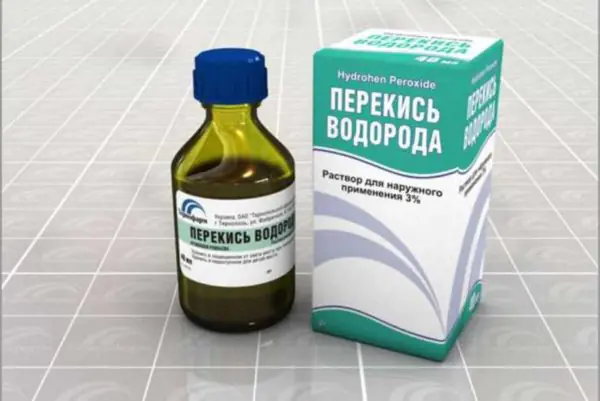
At the stage of formation of a purulent abscess, antiseptics in the form of solutions should be applied externally (hydrogen peroxide and boric acid are best suited). To enhance the therapeutic effect, it is recommended to use stretching and healing ointments.
Medicinal methods of treating boils
Vishnevsky ointment
One of the most effective remedies for the treatment of ulcers and inflamed abscesses is Vishnevsky ointment. This product irritates the area of skin to which it was applied, thereby accelerating skin metabolism and restoration of epidermal cells. Under the influence of Vishnevsky’s ointment, the boil matures and opens faster. The medicine should be used for some more time to draw out the remaining pus and necrotic mass from the damaged area.
The optimal way to use Vishnevsky ointment is to apply a bandage soaked in medicine to the area affected by purulent inflammation. This bandage is made as follows: a cotton swab or disk is soaked in the ointment and applied to the boil. You can secure the ointment bandage with a bandage or plaster. It is worth using such compresses until the abscess is opened and the pus is removed. The bandage is applied for approximately 8 hours during the day or at night before bedtime, then changed.
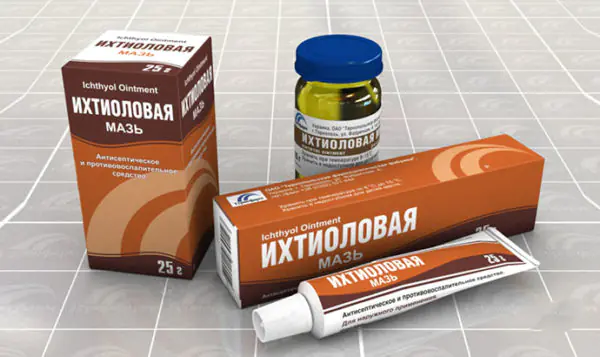
Ichthyol ointment
Unlike Vishnevsky's ointment, the ichthyol composition does not contribute to the rapid maturation of ulcers, but it works well as an antiseptic and analgesic. If the boil has already matured and pus has accumulated in it, ichthyol ointment is applied in the same way as Vishnevsky ointment. The drug allows you to relieve inflammation after opening the abscesses, as well as clean the remaining wound and speed up the restoration of damaged skin.
In addition to ointments, there are medications for internal use, most often in the form of tablets. It is worth remembering that most of these medications are antibiotics, so they should be used with extreme caution. If used independently and not knowing the dosage, such medications can cause serious harm to health. Antibiotics have many contraindications for use and side effects, so before using them you should definitely consult your doctor and carefully read the instructions. Below is a list of drugs for internal use intended for the treatment of boils.
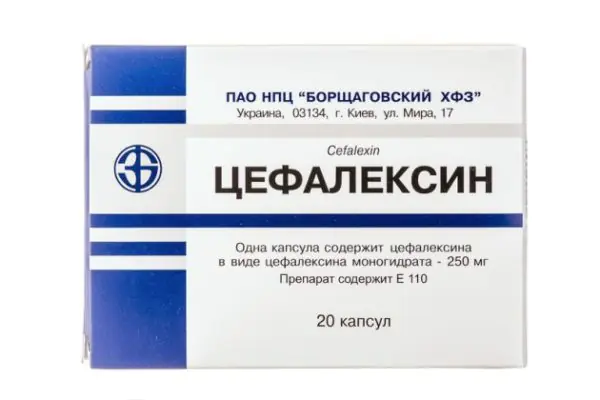
Cephalexin
This medicine is used to treat skin diseases caused by the activity of staphylococci and streptococci. The drug has an anti-inflammatory and antiseptic effect. The dosage of the medicine should be prescribed by a qualified physician in accordance with individual data and developed symptoms.
Levofloxacin
Levofloxacin is a powerful antibiotic that destroys most microorganisms that cause inflammation. Due to its strong antibacterial effect, the medicine successfully suppresses the activity of harmful bacteria and stops the development of boils. This antibiotic is a fairly potent drug, so it is sold from pharmacies only with a doctor’s prescription and has strict contraindications. Levofloxacin can only be taken over 18 years of age.
Vancomycin
This medicine is used in severe cases of boils. The antibiotic has a destructive effect on pathogenic microorganisms, targeting the lesions with purulent inflammation. Sold by prescription, used after testing for sensitivity to components.
Folk remedies for the treatment of boils
In addition to treatment with various ointments and tablets sold in pharmacies, there are folk ways to get rid of boils and purulent inflammation. Such remedies certainly help relieve pain and speed up the ripening of the abscess, but for maximum effect it is worth seeking qualified help.
When deciding on self-treatment of boils, it is worth remembering that if the wrong methods or medications are chosen, purulent inflammation can lead to various complications, including the appearance of new boils and blood poisoning.
Treatment of boils should begin with increased attention to personal hygiene standards. Be sure to wash your hands with special soap with antibacterial properties after touching areas infected with a boil. When treating ulcers at home, the affected area of skin should be treated with antiseptic solutions, for example, hydrogen peroxide at least three times a day.
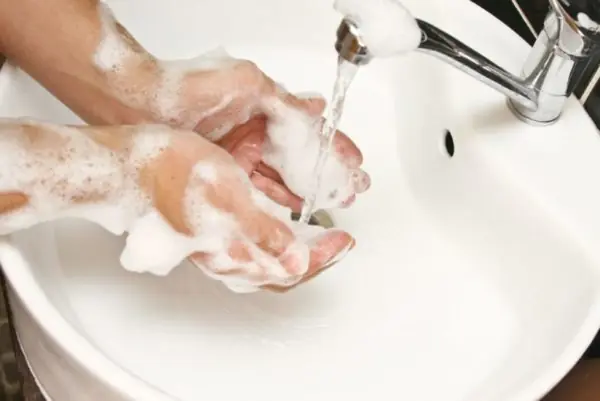
It is very important not to try to open the boil yourself, as this will lead to complications and the spread of purulent infection. When the boil is sufficiently mature and opens on its own, you must immediately and very carefully remove all the pus to avoid it getting into the blood and causing infection. After opening and treating the abscess, it is necessary to apply dry bandages to the remaining wound daily until it is completely healed.
Below are some ways in which you can speed up the healing of purulent boils at home, as well as relieve the pain they cause.
Baked onion compress
The onion should be peeled, cut into two halves, wrapped in foil and baked in the oven. After baking, the onion halves are slightly cooled and applied to the area affected by the boil. A tight bandage is used to secure the compress. The compress is applied for approximately 8-10 hours.
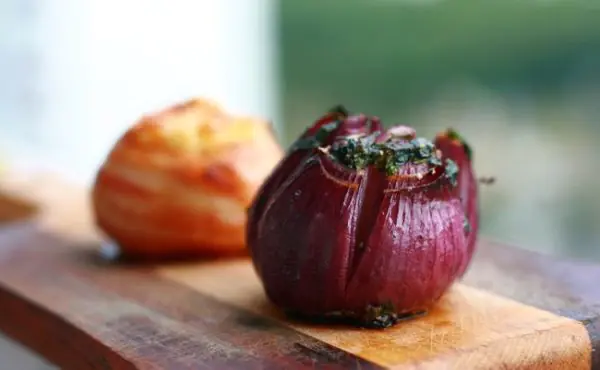
Homemade ointment made from castor oil and propolis
Ointment made with propolis is especially effective for purulent abscesses on the face. To prepare it, you need propolis, rosin, castor oil and beeswax in proportions 1-2-1-4. The composition is mixed until smooth, heated using a water bath for about 10 minutes. Then a tablespoon of turpentine is added, and the resulting composition is boiled for 40 minutes.
After this, the ointment is cooled to room temperature and applied to a clean bandage. The boil is treated with ointment for 20 minutes, but if a burning sensation begins, the bandage should be removed immediately. The ointment is used until the abscess has completely matured and the purulent mass comes out.
One of the most popular folk remedies for combating purulent inflammation and abscesses is the aloe vera plant. Thanks to its antiseptic and healing properties, aloe helps reduce inflammation and draw pus from the boil. To make an aloe compress, you will need a fresh leaf of this plant. It is cut longitudinally and the freshly cut part is applied to the site of inflammation and fixed with a bandage or plaster.
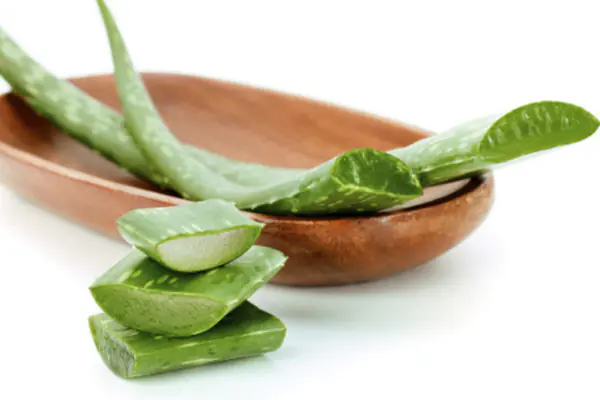
It is best to apply an aloe compress at night before going to bed - during rest, the boil opens and the purulent masses drain. When this happens, the compress is removed and the abscess site is treated with disinfecting solutions and compounds that accelerate tissue recovery.
Boils on the human body are a skin infectious disease caused by pathogenic microorganisms of staphylococci. Often such rashes are not taken seriously, but without proper treatment, a boil can become a serious threat to health and will have to be removed surgically, followed by hospital treatment. It is best to treat purulent abscesses and inflammation of the skin after consultation with dermatologists and endocrinologists and the scientifically proven drugs prescribed by them, however, if there is a lack of time or funds, alternative treatment can come to the rescue. The most important thing is not to let the abscess develop, take care of your own health in a timely manner and prevent further development of the disease.



